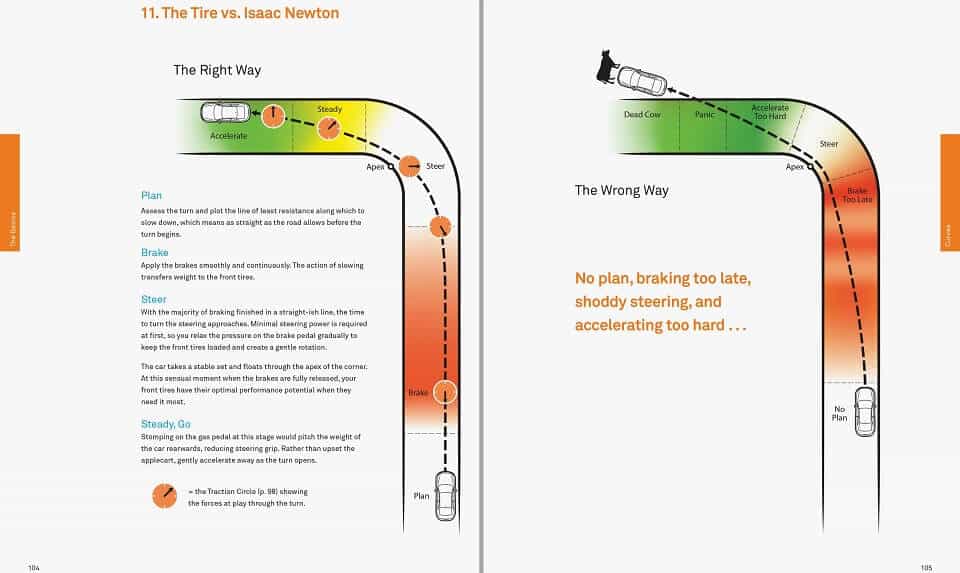Karting is an exhilarating activity that offers both thrill and challenge, especially for beginners. As with any sport, there’s a learning curve, and mistakes are bound to happen. However, understanding these common pitfalls can significantly enhance your safety and performance on the track. Let’s dive into some of the most frequent go-karting errors and how to avoid them.
1. Not Wearing Proper Safety Gear
Safety should always be a top priority when karting. One of the most common oversights new drivers make is neglecting the importance of proper safety gear.
- Helmets: Essential for protecting your head from potential impacts. Before you even think of hitting the track, ensure you have a suitable helmet. If you’re unsure about which helmet to choose, our guide on what helmet you need for go-karting can help.
- Gloves and Protective Wear: These not only offer protection but also provide better grip and control. Neglecting such gear can lead to unnecessary injuries.
“Safety doesn’t happen by accident.”
2. Oversteering or Understeering
Understanding the mechanics of steering is crucial in karting. Oversteering means the kart turns more than you intend, while understeering is when it turns less.
- Effects on Performance: Incorrect steering can lead to loss of speed and control and even accidents. It’s essential to grasp these concepts, especially when racing on different tracks.
- Steering Control Tips: Always keep both hands on the wheel. Go-karts use mechanical steering, requiring more effort than regular cars. A slight movement can change your kart’s direction, so maintaining a firm grip is crucial.
3. Braking Too Hard or Not Enough
Karting is the art of braking. Doing it right can make a significant difference in your race performance.
- Dangers of Abrupt Braking: Slamming the brakes can lead to skidding or even spinning out, especially if done just before a turn. It’s essential to understand brake replacement and maintenance to ensure optimal performance.
- Effective Braking Techniques: Decelerate before a turn, gently apply the brakes if needed, and accelerate out of the turn. This technique not only ensures safety but also keeps you ahead in the race.
4. Not Understanding the Track

Familiarizing yourself with the track layout can give you a competitive edge. Knowing when to accelerate, brake or turn can significantly improve your lap times.
- Racing Line: This is the optimal path to take around the track, allowing for the least steering and highest speeds. Not following the racing line can slow you down and even lead to accidents. For a deeper understanding, check out our article on go-kart cornering techniques.
- Anticipating Turns: Always look ahead. This helps in preparing for upcoming turns and obstacles, ensuring smoother navigation.
5. Ignoring Flags and Signals
Flags are a crucial communication tool on the track. Ignoring them can lead to dangerous situations.
- Understanding Flags: Each flag has a specific meaning, from signaling danger ahead to indicating the end of a race. Our detailed guide on go-kart flags provides a comprehensive overview.
- Reacting to Signals: Always be alert and react promptly to flags. This ensures not only your safety but also that of others on the track.
6. Being Overly Aggressive
Karting is a competitive sport, but it’s essential to strike a balance between aggression and safety. Over-aggressiveness can lead to unnecessary accidents and conflicts on the track.
- Bumping and Overtaking: While a little nudge might seem harmless, consistently bumping into other karts or attempting reckless overtakes can be dangerous. It’s essential to understand go-kart overtaking techniques to ensure safe and effective maneuvers.
- Patience is Key: Remember, every race isn’t about winning but improving. Being patient, especially in tight situations, can often yield better results than rash decisions.
“Racing is about discipline and intelligence, not about who has the heavier foot.” – Alain Prost
7. Poor Weight Distribution
The way you position yourself in a kart can significantly impact its balance, speed, and overall performance.
- Shifting Weight: Leaning forward can increase speed on straight paths while leaning back can provide a better grip during turns. It’s a delicate balance that comes with practice.
- Optimal Weight Distribution: During turns, leaning into the turn can help maintain a better racing line and prevent skidding. For more on this, explore our article on karting vs. driving.
8. Not Adjusting to Weather Conditions
Weather plays a crucial role in karting. Different conditions require different driving techniques.
- Wet Tracks: Rain can make tracks slippery. It’s essential to reduce speed, avoid sudden turns, and understand the art of go-karting in wet weather.
- Windy Conditions: Strong winds can affect a kart’s balance. Leaning against the wind direction can help counteract its effects.
9. Neglecting Kart Maintenance
A well-maintained kart not only performs better but is also safer.
- Regular Checks: Ensure that all parts of the kart, from brakes to the engine, are in optimal condition. Dive into our guide on how to maintain a go-kart for comprehensive tips.
- Potential Consequences: Neglecting maintenance can lead to breakdowns or even accidents on the track. Regular upkeep is crucial for both performance and safety.
Conclusion
While go-karting is an exhilarating sport, it’s essential to approach it with knowledge and caution. Understanding common mistakes and actively working to avoid them can ensure a safer and more enjoyable karting experience. As you continue your karting journey, always prioritize learning and safety. After all, the thrill of go-karting lies not just in the speed but in the continuous journey of improvement. Happy karting!

Goran, an experienced go-kart racer, fuels GoKartLife.com with his passion and expertise. He offers valuable insights and tips for fellow enthusiasts, fostering the growth of the go-kart community. Join Goran at GoKartLife.com and immerse yourself in this exhilarating sport.


